Hair loss can be a difficult and frustrating experience for many women. Whether caused by genetics, hormonal changes, or other factors, losing hair can have a significant impact on self-esteem and confidence. Fortunately, there are a variety of treatments available that can help to address women’s hair loss and promote hair regrowth. In this blog post, we’ll explore the best treatment for women’s hair loss, so that you can make an informed decision about the best course of action for your hair loss concerns.
Table of Contents
What Causes Hair Loss In Women?
Hair loss in women can be caused by a variety of factors, including hormonal imbalances, genetics, certain medical conditions, and lifestyle factors. Some common causes of hair loss in women include:
Hormonal changes: Fluctuations in hormones, such as during pregnancy, menopause, or thyroid imbalances, can cause hair loss in women.
Genetics: Hair loss can be inherited from either parent, and women with a family history of hair loss may be more likely to experience it themselves.
Medical conditions: Certain medical conditions, such as alopecia areata, scalp infections, or autoimmune diseases, can cause hair loss in women.
Nutritional deficiencies: A lack of essential vitamins and minerals, such as iron or biotin, can contribute to hair loss in women.
Stress: Chronic stress can disrupt the hair growth cycle and lead to hair loss in women.
Understanding the underlying cause of hair loss is essential in determining the most effective treatment options. It’s important to consult with a healthcare professional or a hair loss specialist to identify the cause and develop a personalized treatment plan.

What Are The Signs Of Hair Loss In Women?
Hair loss in women can be gradual and subtle, making it challenging to recognize until significant thinning or balding has occurred. Here are some common signs of hair loss in women to watch out for:
Thinning hair: If you notice that your ponytail or braid is thinner than usual or that your part is wider, it could be a sign of hair loss.
Excessive shedding: Shedding up to 100 hairs a day is normal, but if you notice clumps of hair falling out when you brush or wash your hair, it could indicate hair loss.
Receding hairline: A receding hairline is a common sign of hair loss in women, particularly around the temples.
Bald spots: If you notice bald spots on your scalp, it could be a sign of hair loss, particularly if they are circular or patchy.
Changes in hair texture: Hair loss can also cause changes in hair texture, such as dryness, brittleness, or thinning.
Early intervention can often lead to more successful treatment outcomes.
How Can PRP Therapy Help You Regrow Your Hair Naturally?
Platelet-rich plasma (PRP) therapy is a non-surgical, natural treatment option for hair loss that has been gaining popularity in recent years. PRP therapy involves extracting a small sample of your blood, processing it to concentrate the platelets, and then injecting the platelet-rich plasma into your scalp to stimulate hair growth. Here’s how PRP therapy can help you regrow your hair naturally:
Promotes hair follicle growth: The concentrated platelets in PRP contain growth factors that stimulate hair follicles to promote hair growth and thickness.
Increases blood flow to the scalp: PRP injections can increase blood flow to the scalp, which can provide essential nutrients and oxygen to the hair follicles, improving their health and promoting hair growth.
PRP therapy is a personalized and natural treatment that is tailored to your specific needs.
What Else Makes The PRP Therapy The Best Treatment For Women's Hair Loss?
- Painless procedure
- No downtime required
- Non-scarring
- Protects the existing hair
- Natural-looking and long-lasting results

What To Expect From Your PRP Treatments
PRP (Platelet-Rich Plasma) therapy for hair loss is considered safe, as it uses a patient’s own blood, which minimizes the risk of allergic reactions or other adverse effects.
You can expect to see your new growth within a few months of the procedure. However, it can take up to one year for your hair to completely grow in.
It is also important to note that, Platelet-Rich Plasma (PRP) is not a permanent solution for hair loss. Patients will likely need additional injections to maintain the results.
Conclusion
In conclusion, PRP therapy has emerged as the best treatment for women’s hair loss. It is a safe, minimally-invasive, and effective treatment that can stimulate hair growth and improve hair density. It is a simple procedure that can be completed in under an hour, making it a convenient option for busy women. PRP therapy has a high success rate and minimal side effects, making it a popular choice among women who are looking to improve their hair health. If you are struggling with hair loss, consider PRP therapy as a viable solution.




